Merton Priory stood for centuries on the banks of the River Wandle, but only fragments remain today. In this article, local historian John Hawks explores the history of its ancient walls, their recent collapse, and the urgent need for preservation.
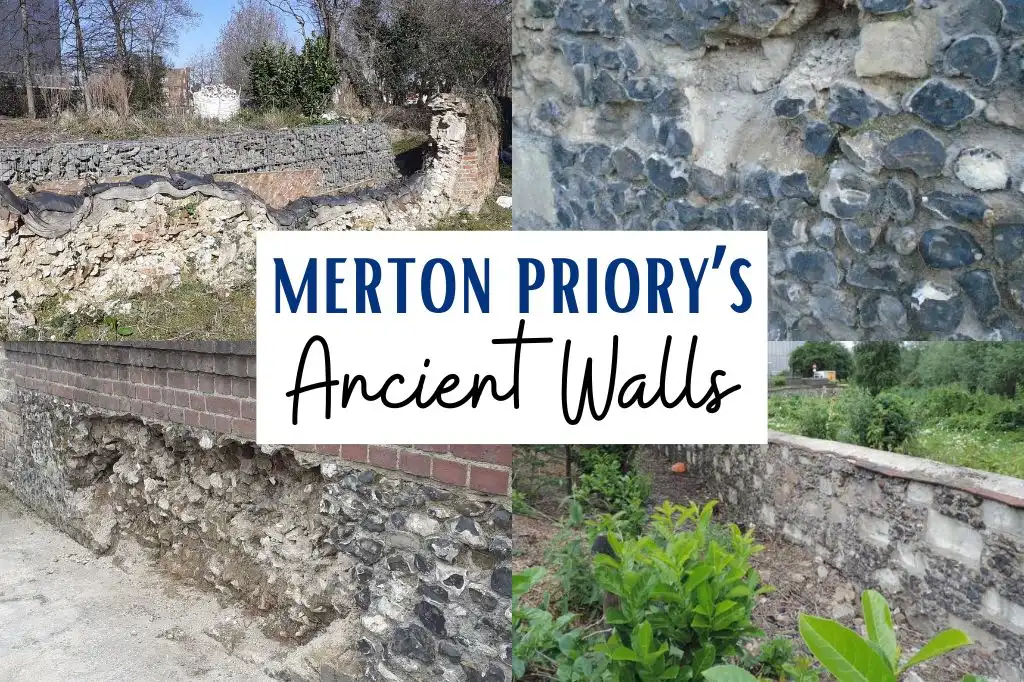

John Hawks fell in love with Merton in 1989 when he became founding manager of Merton Abbey Mills. He is Vice Chair of Merton Priory Trust and Wandle Heritage Limited, a Trustee of the Wandle Industrial Museum, a member of the Wandle Valley Forum, and Curator of the Chapter House Museum.
“AND THE WALLS CAME TUMBLING DOWN!”
Well, hopefully not, but with walls that are over 700 years old there are obviously going to be weaknesses and problems. The latest is hot news, just three days ago as this is being written!
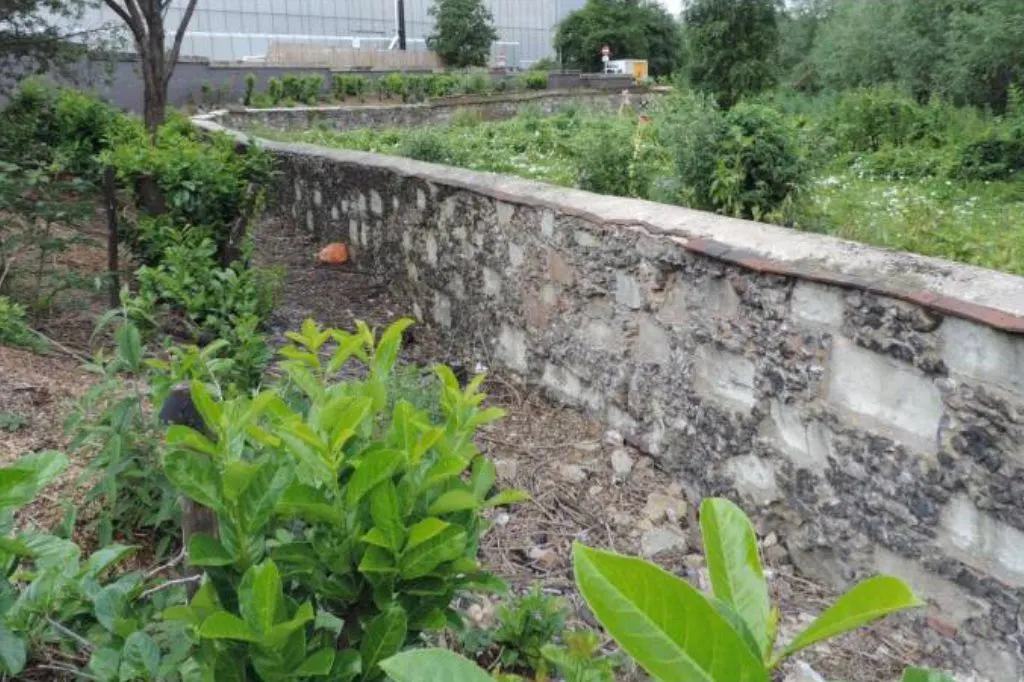
Merton Priory stood for 400 years on the banks of the Wandle before its walls came tumbling down – quite deliberately, as it happened, demolished by Henry VIII as part of his infamous “Dissolution of the Monasteries”. Only a few fragments of this once great establishment have survived into the 21st century, and two of these – stretches of the great precinct wall – are now in need of urgent TLC.

These precious medieval walls are built mainly of flint, with occasional stone blocks inset in an attractive random “chequerboard” pattern. They’ve been much altered and patched up over the years, in many places with Victorian brick “copings” like so many churchyard walls. But flints are a notoriously difficult building material – once the mortar crumbles with age, damp, nearby vibration or plant-growth, out drop the flints, and collapse can soon follow.
The latest event was first reported on Thursday 13th March 2025, by local resident and Merton Priory Trust volunteer Tim Burkey. A large hole has suddenly appeared in the Grade 2 listed wall in Station Road, Merton. The Council’s heritage staff took immediate action that night, and hopefully the wall can be stabilised from falling further. But repairs to such a fragile and ancient structure are bound to be complex and expensive. We shall see.
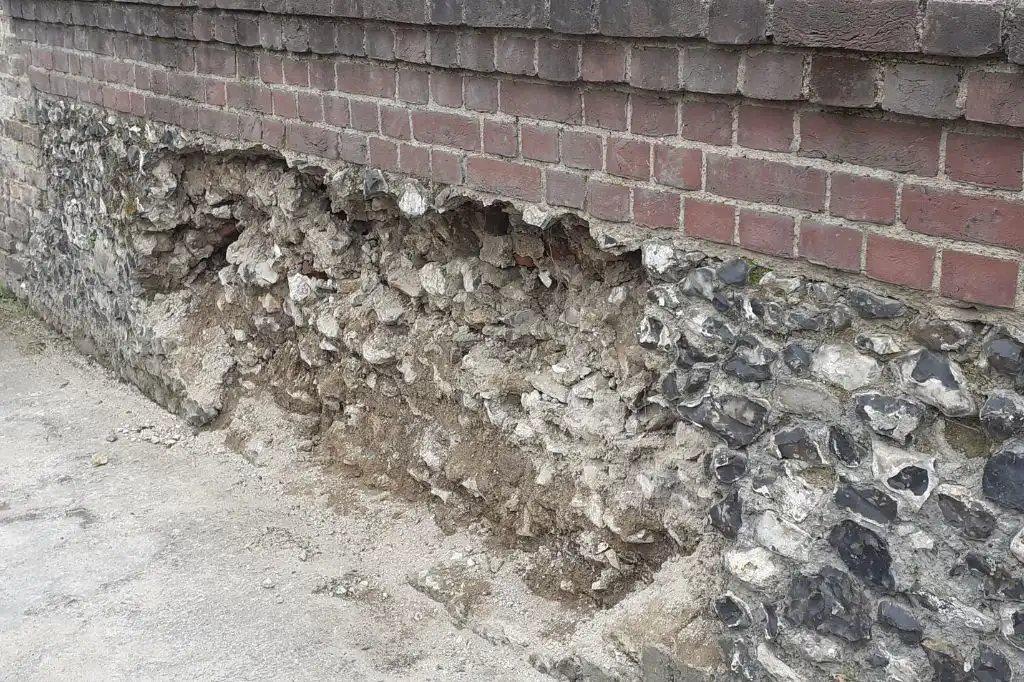
Station Road got its name in 1868, being the approach road to the newly built Merton Abbey Railway Station. The passenger line was closed in 1929 when the tube came to Colliers Wood and took all the custom – the line continued for goods only, the station became derelict, and was finally closed in 1975 and demolished soon after. But what wasn’t generally realised was that the station had been built right on top of the foundations of the great church of Merton Priory, and the lines ran directly over the Priory’s historic Chapter House!
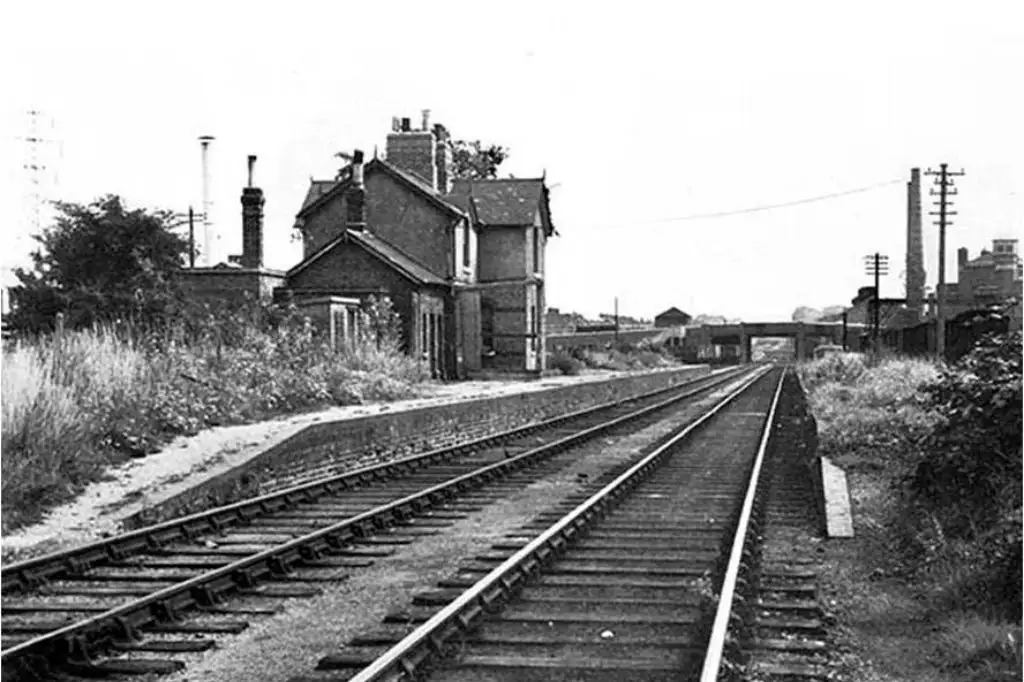
Like all great cathedrals and abbeys, the West front of the Priory church would have been designed to be very impressive, and would have had an appropriately grand approach. It’s hard to believe, but the West front of Merton Priory was where now the Sainsbury’s petrol station stands, and humble Station Road would have been that very approach road along which all important visitors would travel, including many kings of England and their retinues!
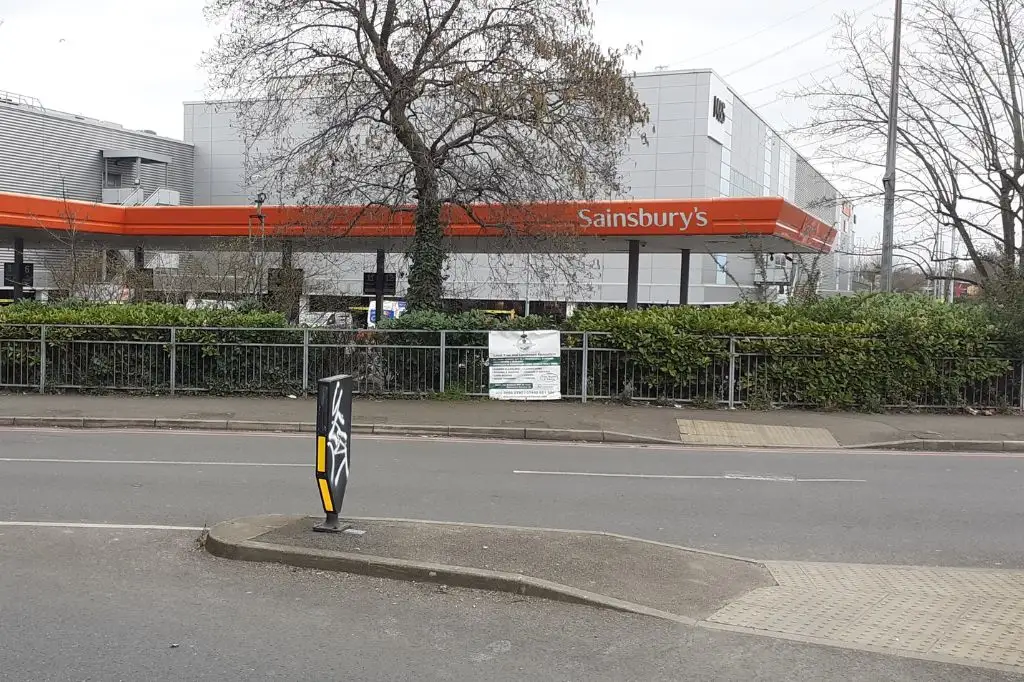
Part of the walls of the ancient roadway survive alongside the new “Abbey Wall” residential development, and care would have been taken while building this within the conservation area. But even so, it’s here that the two metre length of the wall has collapsed, and some worrying bulges have appeared elsewhere along the wall.
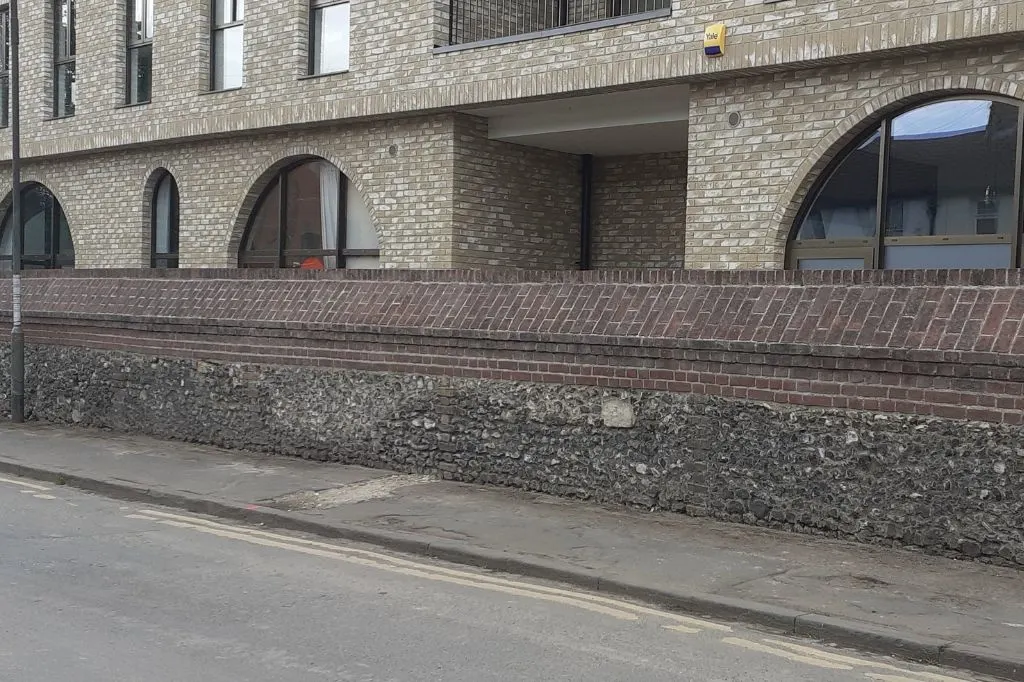
Alas, this is not the only recent collapse either. Part of the great 200 metre stretch of the wall by the Pickle Ditch fell down some ten years ago, the cause being a combination of old age and a rampant buddleia tree! Happily the National Trust are the owners of this wall, so its future is in safe hands – a detailed archaeological assessment was made and repair is currently under way.

But both these mishaps are a reminder of how precious our heritage is and what a mercy it is that we’re so much more conscious of it nowadays. You wouldn’t know it, but there were once not one but two medieval gateways in the Station Road walls, right opposite each other beside the Wandle. One, seen below in about 1920, was destroyed by vandals in 1983, and was replaced in 1989 by the replica you can see and walk through beside the Merantun Way pedestrian crossing.

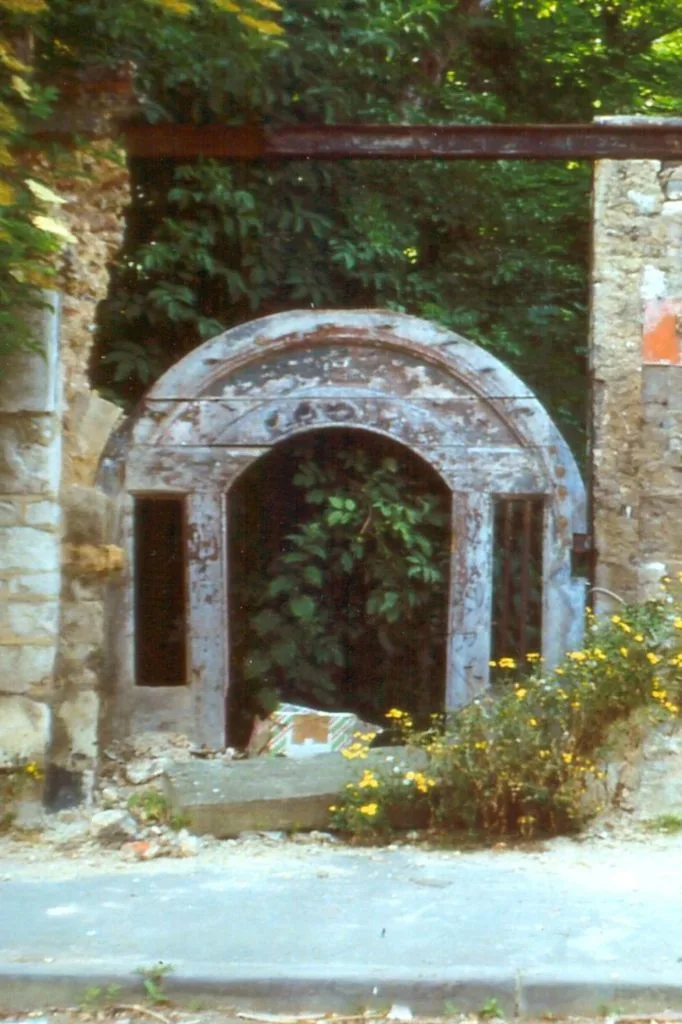
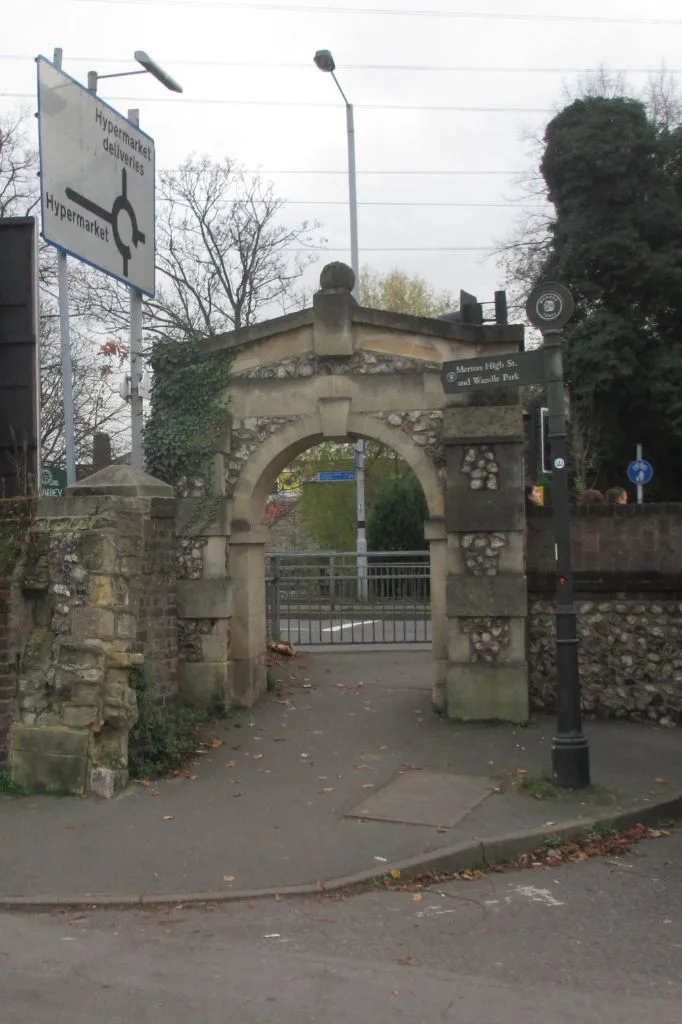
The other, known locally as the “High Gate”, was a fine late medieval battlemented building. Although it’s marked on old maps, this drawing below from 1925, is one of the only two images we have of it.

Incredible as it must seem to us nowadays, this precious gateway was deliberately demolished around a hundred years ago to make way, if you please, for a large warehouse!
You can see more on the Priory walls in the Merton Priory Chapter House Museum (under Merantun Way by Sainsbury’s), which is open 11am-4pm every Sunday from April to October.
